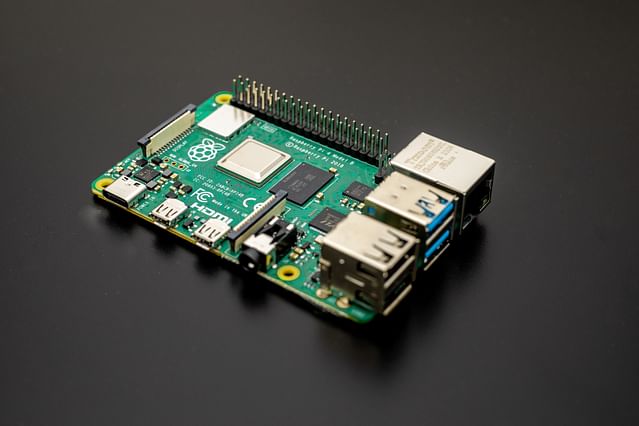
Using Raspberry Pi in Home Automation: A Comprehensive Guide
Are you looking for a cost-effective way to automate your home and make your life easier? Look no further than the Raspberry Pi! In this comprehensive guide, we'll explore how to use the Raspberry Pi in home automation.
What is a Raspberry Pi?
Before we dive into how to use the Raspberry Pi in home automation, let's first define what it is. The Raspberry Pi is a small, single-board computer that was created for education and experimentation. It's capable of running a variety of operating systems, including Linux, and can be programmed to perform a multitude of tasks.
Why use the Raspberry Pi in home automation?
Home automation can be expensive, and many of the devices on the market don't allow for customization. The Raspberry Pi allows you to create your own smart devices and automate your home to fit your specific needs. Plus, it's a cost-effective solution compared to many of the pre-built options out there.
Getting started with home automation using the Raspberry Pi
To get started with home automation using the Raspberry Pi, here are the basic steps:
- Purchase a Raspberry Pi and necessary components, such as a power source, SD card, and case.
- Install an operating system, such as Raspbian, on the SD card.
- Connect the Raspberry Pi to your home network.
- Install and configure the necessary software for home automation. There are many options out there, such as Home Assistant or OpenHAB.
- Add sensors, switches, and other devices to your Raspberry Pi to automate your home.
Examples of home automation projects using Raspberry Pi
Now that you have the basic steps down, let's explore some examples of home automation projects you can do with the Raspberry Pi:
- Create a smart thermostat using a Raspberry Pi and temperature sensor.
- Automate your blinds with a Raspberry Pi and servo motor.
- Set up a smart alarm clock using a Raspberry Pi and display module.
- Monitor your home security with a Raspberry Pi and camera module.
- Control your home theater with a Raspberry Pi and IR receiver.
Conclusion
In this guide, we've explored how to use the Raspberry Pi in home automation. From the basics of getting started to project examples, there are endless possibilities for using the Raspberry Pi to automate your home! So, why not give it a shot and see how much easier your life can be?
Posted on: Jul 24, 2022 Last updated at: May 4, 2023